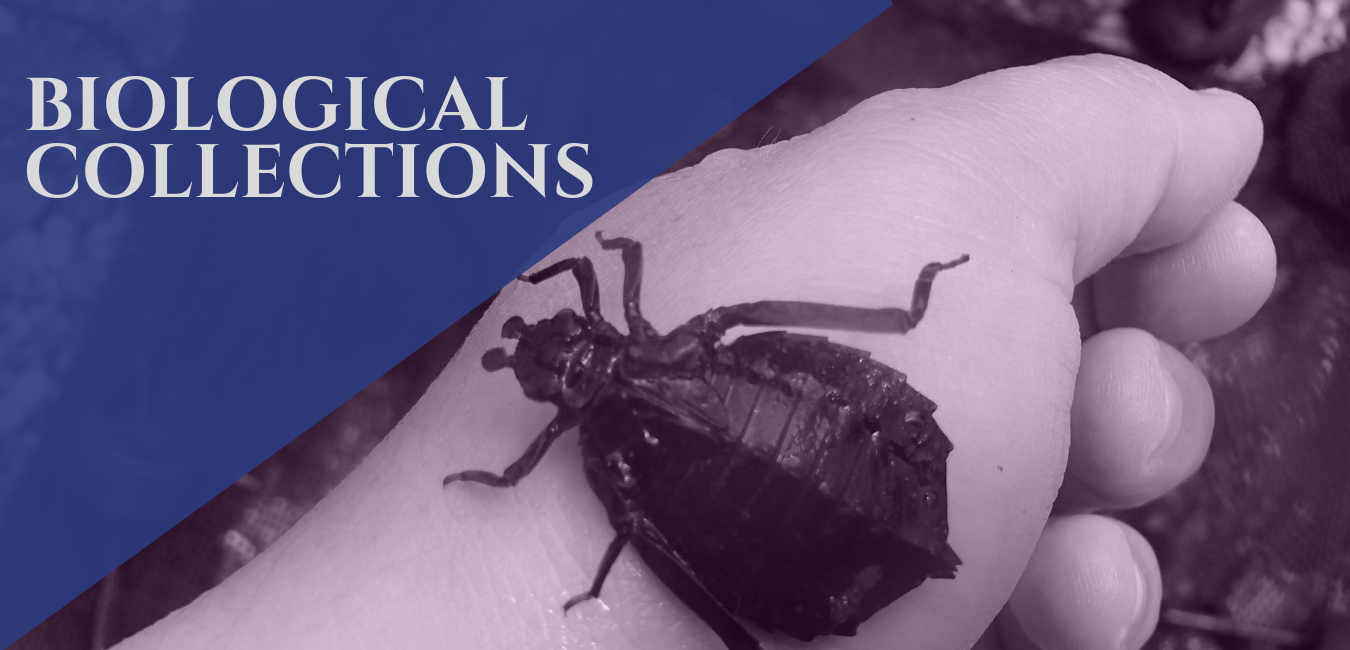Bug Collections: Blue Thumb volunteers participate in benthic macroinvertebrate collections each winter and summer. Benthic means bottom, macro refers to something you can see without a microscope, and invertebrate lacks a backbone. Macroinvertebrates are creatures that live in the water such as insects (mayflies, dragonflies, damselflies, mosquitoes, etc.), snails, worms, and leeches. Often, we do not recognize these insects because most of their life in the stream is in a larval form. Once they are large enough, they will shed their larval exoskeleton and become the winged terrestrial adult form we are familiar with. The adults will then use the stream to lay eggs and begin the life cycle over.
Macroinvertebrates can serve as good indicators of stream health. Some can live in high polluted water, while others cannot. A few need high levels of dissolved oxygen, while most can found in most any waters.
Macroinvertebrates can serve as good indicators of stream health. Some can live in high polluted water, while others cannot. A few need high levels of dissolved oxygen, while most can found in most any waters.
Fish collections: Fish collections are made from Blue Thumb streams in summer, usually between June and October. Each creek has a fish collection every 4-5 years, following a rotating ecoregion plan. A 400 meter reach of the stream is assessed for habitat, then seined, and the fish species caught are both recorded and collected. Fish, like macroinvertebrates, have different tolerance levels to pollutants and habitat changes, so they too are indicators of stream health.







